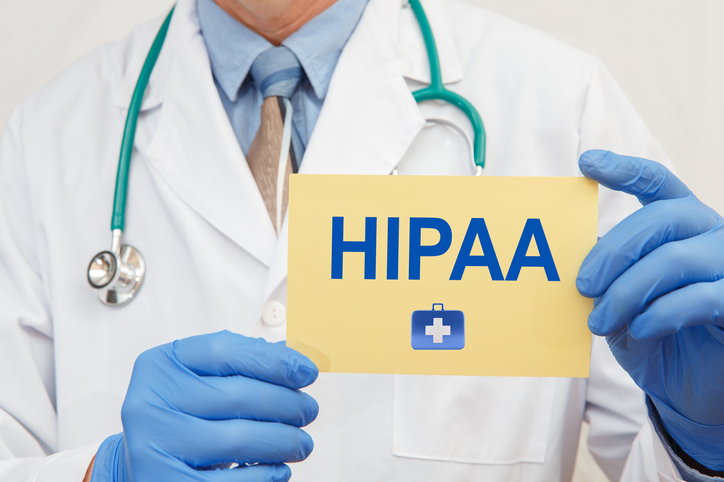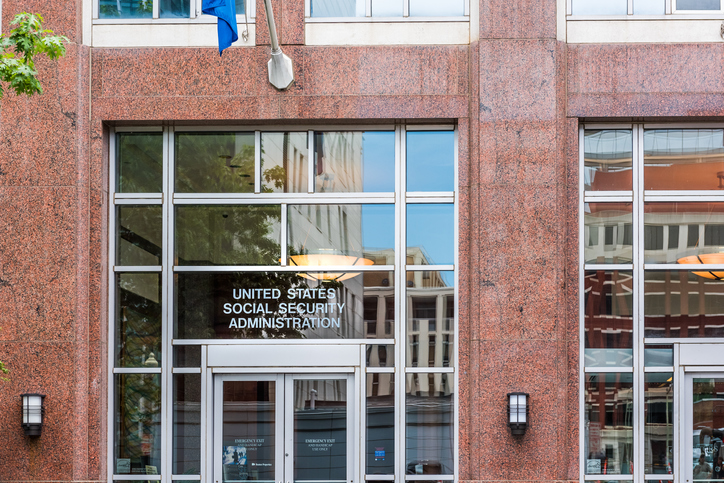Living with Chronic Pain
What Is the NOPAIN Act?

The “Non-Opioids Prevent Addiction in the Nation,” or “NOPAIN”, Act was signed into law in the United States in December 2022. Prior to this Act being passed, hospitals received the same payment from Medicare, whether an opioid or non-opioid was prescribed for pain control. Hospitals were relying largely on opioids for post surgical pain relief, which are usually dispensed by a pharmacy at a patient’s discharge at little to no cost to the hospital.
The NOPAIN Act directs the Centers for Medicare and Medicaid Services (CMS) to reimburse non-opioid and opioid treatments separately in hopes of reducing or replacing opioid consumption. This helps to ensure that non-opioid options are more widely available to individuals as a post-surgical treatment option.
Goals of the NOPAIN Act
The end goal is to reduce the number of opioid pills available within communities, decrease the misuse of opioids, and ultimately reduce opioid-related deaths in the U.S. The NOPAIN Act also increases access to non-opioid medications, devices, and therapies that are approved by the FDA.
Long-term
It is debated whether restricting access to opioids following a surgical procedure can result in additional problems long-term. One analysis indicated that individuals who received opioids following surgery experienced less post-op pain and did not consume as many opioids during recovery. It also showed that when patients were given fentanyl or hydromorphone, they experienced less pain, lower rates of persistent opioid use, and fewer opioid prescription refills. These individuals were also less likely to experience chronic pain 12 months post-op. Higher doses of fentanyl post-op seemed to correlate with fewer chronic pain diagnoses and less opioid prescriptions at 30, 90 and 180 days post-op.
Additional sources: Congress.gov

















